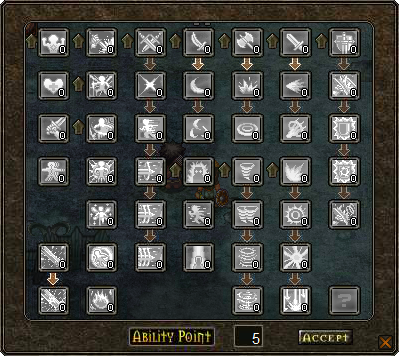

It is difficult for a philosophic a priori language to follow the twists and turns of meaning of a natural language. It is worth noting that Wilkins‘ dictionary also includes assassin, glossing it by its synonym murther (erroneously designating it as the fourth species of the third difference in the genera of judicial relations: in fact, it is the fifth species), but limiting the semantic range of the term by “especially, under pretence of Religion.” If we wished, instead, to represent the verb to assassinate, we should add the further specification that d is not only an animate being, but also a political person. In still other contemporary semantics, the verb to kill, for example, might be represented as “Xs causes (Xd changes to (- live Xd)) + (animate Xd) & (violent Xs):” if a subject ( s) acts, with violent means or instruments, in a way that causes another subject ( d), an animate being, to change from a state of living to a state of death, then s has killed d. In the language of artificial intelligence, such a sequence of actions is called a “frame.”Ī frame allows a computer to draw inferences from preliminary information: if A is a buyer, then he may perform this and that action if A performs this or that action, then he may be a buyer if A obtains merchandise from B but does not pay him, then A is not a guyer, etc., etc.

Other contemporary semantic systems do not start by seeking a definition of a buyer in order to arrive eventually at the definition of the action of buying, but start rather by constructing a type-sequence of actions in which a subject A gives money to a subject B and receives an object in exchange.Ĭlearly the same type-sequence can be employed to define not only the buyer, but also the seller, as well as the notions of to buy, to sell, price, merchandise, and so forth. An example of this is the computer language designed by Schank and Abelson (1977), based on action primitives such as PROPEL, MOVER, INGEST, ATRANS OR EXPEL, by which it is possible to analyze more complex actions like to eat (however, when analyzing the sentence “John is eating a frog,” Schank and Abelson–like Lodwick–cannot further analyze frog). One solution would be to imagine that such action primitives are selected ad hoc as metalinguistic constructs to serve as parameters for automatic translation. However, at this point one should also subject the ideas of surface or members to the same sort of regressive componential analysis. Moreover, it is also necessary to conceive of a terrestrial surface upon which movement was to take place–otherwise one could think of other actions like swimming or flying.
#Arcuz 2 minotaur onim series#
It would undoubtedly be possible to identify a series of positions assumed by the human body in space–such as getting up or lying down–and argue that these were intuitively and universally comprehensible yet the sixteen radicals proposed by Lodwick can be criticized in the same way as Degérando would later do for Wilkins: even such a simple notion as to walk must be defined in terms of movement, the notion of movement requires as its components those of place, of existence in a given place, of a moving substance which in different instants passes from one place to another.Īll this presupposes the notions of departure, passage and arrival, as well as that of a principle of action which imparts motion to a substance, and of members which support and convey a body in motion in a specific way (“car glisser, ramper, etc., ne sont pas la même chose que marcher ” “since sliding, climbing, etc., are not the same as walking ” Des signes, IV, 395).

Unfortunately, even Lodwick’s primitives for actions were not really primitive at all. Yet this is an isolated example, and Wilkins seems to have lacked the courage to extend this principle to his entire system of content. It is a table in which there is no principle of hierarchy whatsoever. The table describes the workings of prepositions of motion by relating the possible positions (and possible actions) of a human body in a three-dimensional space. Figure 13.2 reproduces a table found on p. “This idea of a non-hierarchical organization seems, at one point, to have occurred to Wilkins as well.
#Arcuz 2 minotaur onim plus#
This work is in the public domain in its country of origin and other countries and areas where the copyright term is the author’s life plus 100 years or less. Reproduced as Figure 13.2 in Umberto Eco, The Search for the Perfect Language, “Francis Lodwick,” 1995, p. John Wilkins (1614-1672), An Essay Towards a Real Character and a Philosophical Language, London, John Martin, 1668, p.


 0 kommentar(er)
0 kommentar(er)
